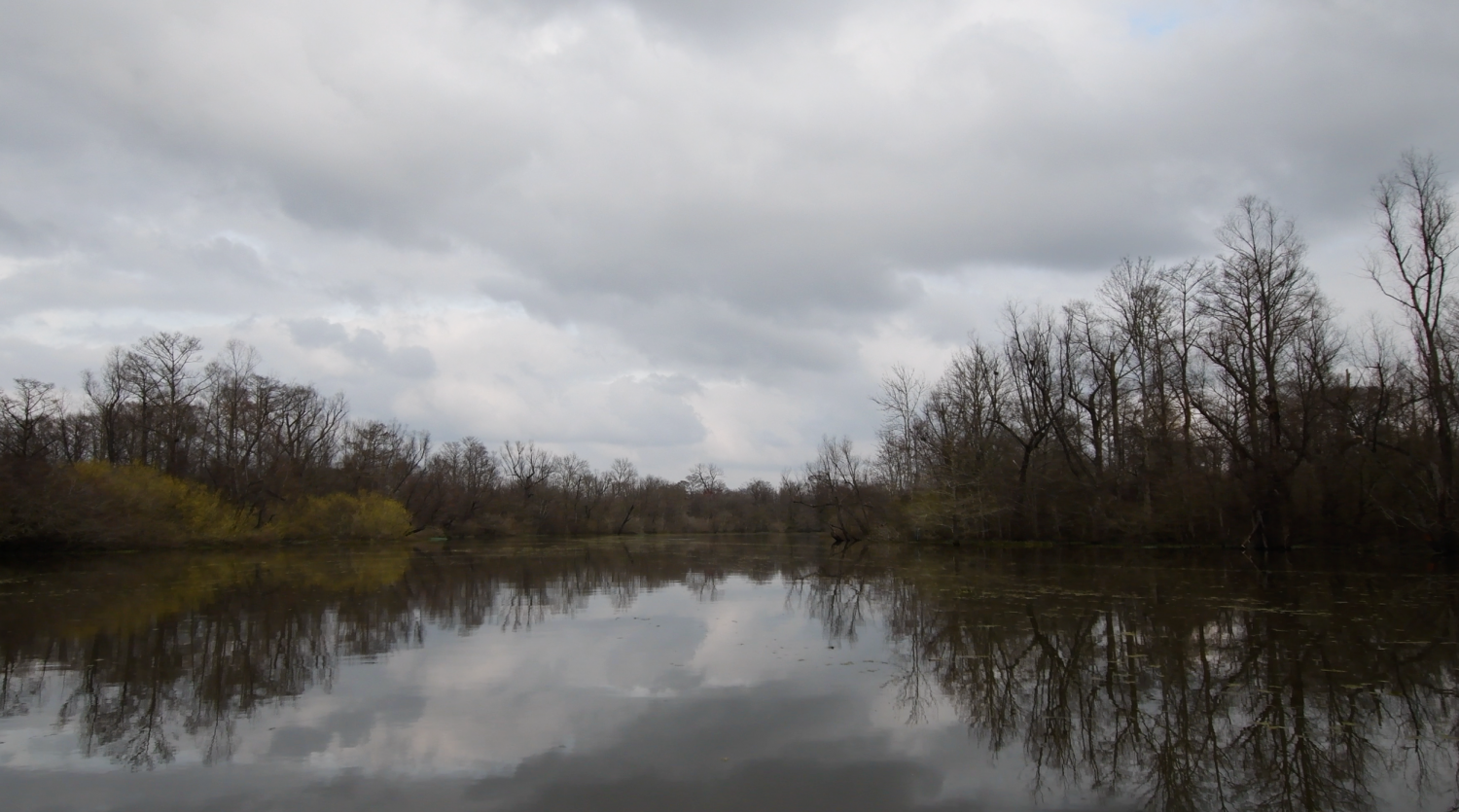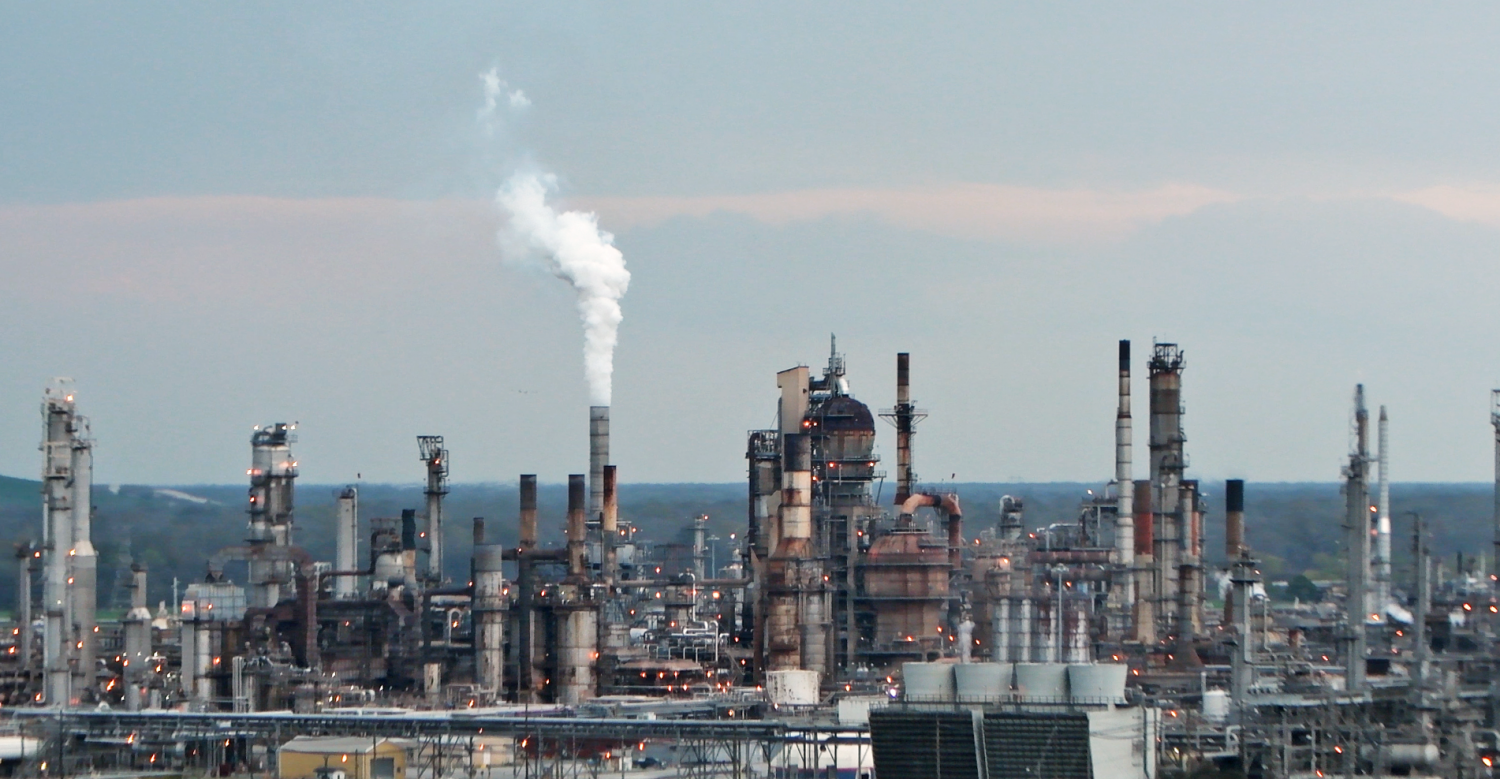By Grace King | April 29, 2019
NEW ORLEANS — Louisiana’s economy shrank significantly in 2017, ranking it dead last among all U.S. states. Though the state’s economy has improved marginally since, the impacts from decades of poverty and environmental degradation still remain evident today.
Wetlands are being destroyed. Residents are dying from cancer. People in communities who once moved to the historic state for its diverse culture and beautiful nature are now marginalized.
Louisiana is home to 40 percent of the country’s wetlands. These wetlands are swamps and marshes, a Louisiana landmark. The iconic, natural preserves contribute to Louisiana’s unique and diverse environment.

And they are disappearing. Fast. Ninety percent of all coastal marsh loss in the United States occurs in this state, according to a report from Southeastern Louisiana University. This is due to human activity and pollution, as well as natural disasters like HurricaneKatrina.
Along with being an important piece of Louisiana’s history, culture and environment, these marshes represent ahome for some Louisiana residents. It’s a place they grew up and prospered.
Albert “Al” Wilson makes his living from Louisiana’s natural resources in one of these wetlands called the Atchafalaya Basin. He crawfishes and gives swamp tours.
Various pipeline and construction projects threaten not only his job, but also the preservation and beauty of the basin.
“We used to have very active river shrimp communities where they would go out and harvest. There’s no longer river shrimp,” said Darryl Malek-Wiley, an organizer for the Sierra Club. “We humans have done a real good job of messing up what we found.”

Along the 85-mile stretch of river between Baton Rouge and New Orleans, more than 100 industrial plants emit various chemicals. The area, nicknamed “Cancer Alley,” has the nation’s highest risk of developing cancer from air toxins, according to the Environmental Protection Agency.
The pollution has caused widespread health problems in predominantly low-income, African-American communities. Medical bills are piling up, and regulations on the industrial plants responsible are “suggested.”
Everybody knows somebody that has some kind of cancer.
“Everybody knows somebody who has some type of cancer,” Genevieve “Eve” Butler, who lives in Cancer Alley, said.
Pastor Harry Joseph agrees.
“You got a lot of people that are sick,” he said. “You got kids that are coming up with respiratory problems, and it’s not good for us.”
With awareness comes action from community leaders. Retired Lt. Gen. Russel L. Honoré is one of the many people trying to fight against the injustices impacting the low-income and minority communities in Southeastern Louisiana. It’s for the love of his state, he said.
“The people of Louisiana you won’t find better anywhere,” Honore said. “We love our culture, but we’re being challenged every day.”
WUFT News explored how environmental issues in Louisiana impact the low-income communities, leaving thousands marginalized.
These are their stories.
Up next: The Basin »
 Special Report from WUFT News
Special Report from WUFT News